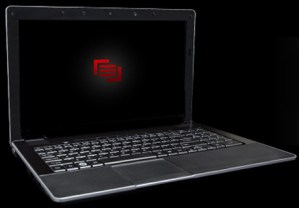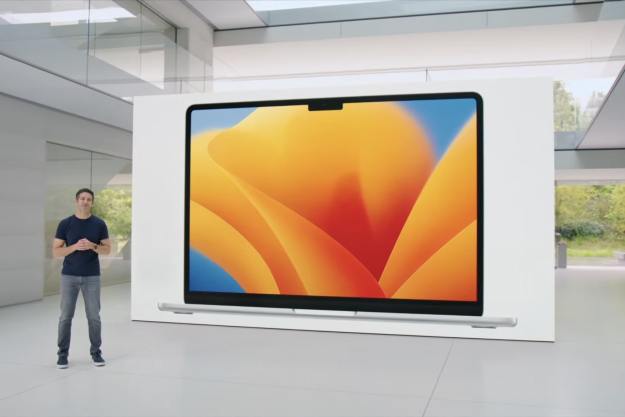 MAINGEAR has expanded its notebook line, with a new round of computers.
MAINGEAR has expanded its notebook line, with a new round of computers.
The MAINGEAR Clutch-13 and Clutch-15 are equipped with Intel Core i series mobile processors, up to 8GB of DDR3-1066 memory, a 512GB SSD HDD, along with an optional docking station that features extra connectivity such as VGA, DVI, RJ-45, audio out, USB 2.0 x 4 ports and optional optical disc drives including Blu-ray. MAINGEAR claims the Clutch-15 offers a 15.6” screen that is thinner and lighter than average notebooks out in the market and featuring a full size keyboard with a numeric pad, it also features an additional choice of Intel Core i7 mobile processor, and an Nvidia GeForce 330M for those who are looking to stay connected while enjoying high definition media but also want to get some work done in-between meetings or class.
The Clutch-13 and Clutch-15 integrates Intel’s Always Aware technology, which utilizes the system accelerometer to provide hard drive protection, system security and display control. Intel’s Anti-Theft technology is another added feature which provides a complete lockdown when the system has multiple failed login attempts or when reported lost or stolen, and Intel My WiFi Technology converts your notebook into a Wi-Fi Personal Area Network quickly and easily. All of these enhanced features keep users connected, secure and efficient.
“The MAINGEAR Clutch-13 and Clutch-15 are the perfect notebooks for those who want portable productivity with the power of a desktop.” said Wallace Santos, CEO and Founder of MAINGEAR. “ With the Intel Core mobile processors and high-performance discrete graphics available on the Clutch-15; business travelers, students and casual gamers can get a stunning visual experience and while staying connected wherever they are, it’s a win-win for everyone.”
Pricing starts at $899 for the Clutch-15 (without docking station) and $1099 for the Clutch-13 (with docking station).
Editors' Recommendations
- The Dell XPS 13 has dropped to one of its lowest prices
- The MacBook Air M3 has one change that fixes its biggest flaw
- Snag yourself the Dell XPS 13 for $599 before it’s too late
- This Acer OLED laptop (almost) beats the MacBook Air 15 — and it’s cheaper
- Apple’s serious miscalculation with the 15-inch MacBook Air


